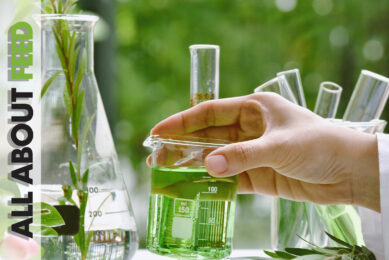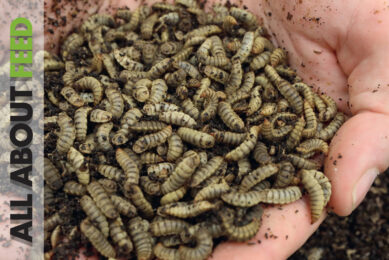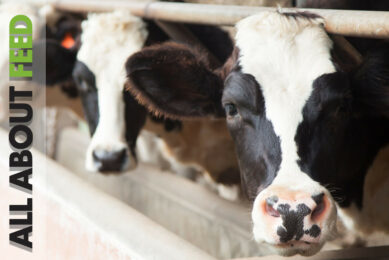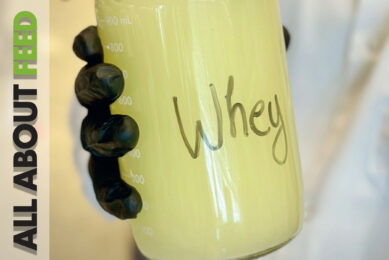Introducing the 8th edition of All About Feed for 2021
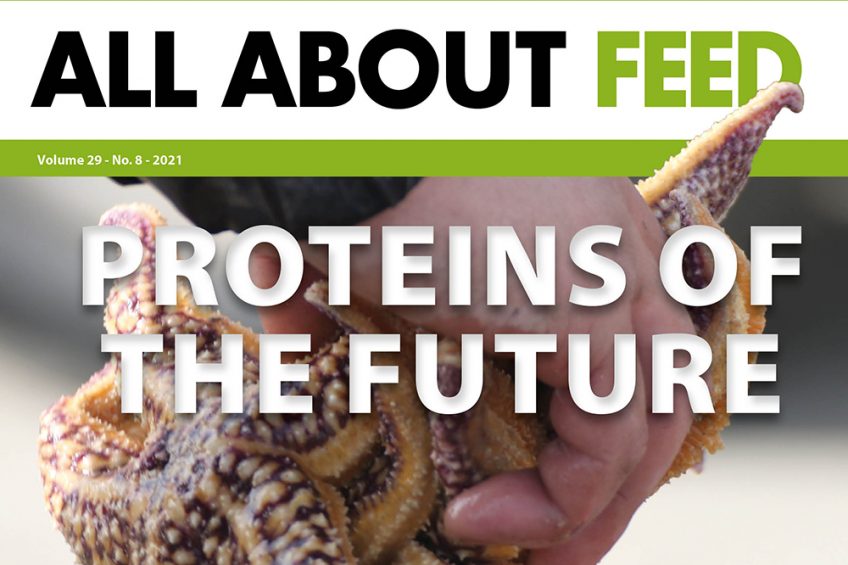
In this 8th edition, All About Feed investigates the proteins of the future and considers mussels, starfish and insects as sources of protein in animal feed. Then, antibiotic reduction is a pressing topic worldwide – what progress has been made? Also in this edition is a closer look at the history of TMR, or total mix ration, as well as the value of tomato peel and rosehip to improve egg quality.
Click here to view this edition
Antibiotic reduction in the EU progressing at different speeds
Great strides have been made worldwide to reduce antibiotics. Regional approaches differ, as can be seen in the EU where different member states have had drastically different trajectories towards mitigating antimicrobial resistance. This article highlights the approach in the Netherlands and Spain.

Brazil reduces antibiotics inside and outside farms
Continuing with the topic of antibiotics, and as countries worldwide implement policies to reduce the use of antibiotics, All About Feed travels to Brazil where the use of antibiotic growth promoters in the country’s pig sector has led to an increase in regulations and awareness programmes.

Mussels, starfish and insects: Protein feedstuffs of the future?
There is a need to find alternative protein-rich feed ingredients for livestock. In Denmark, experiments have been conducted using starfish, mussels and insects as protein alternatives for non-ruminant production animals.

Why research on neonates is crucial
Early life nutrition drives both physical and psychological development, says Simon Tibble, AB Neo’s technical director, adding that if managed correctly, animals are not only healthier, but producers also benefit from the full lifetime value of the animal.

Click here to view this edition
The US history of TMR – a dangerous game
TMR, or total mix ration, is often considered to be the biggest development for the global dairy industry in the last 50 years. This article looks at the creation of TMR in California, and some initial resistance to the concept.

Feed of the future
When it comes to plant-based alternatives to traditional ingredients in the animal feed sector, algae is a very promising candidate. Algae-derived feed ingredients such as astaxanthin can support animal health, and its antioxidant activity provides scientifically proven benefits for animals alongside their environmental benefits.

Phytogenics improve the energy efficiency of ruminants
The efficiency of energy utilisation in ruminants is a major determinant of the profitability of meat production, as well as its environmental impact. Besides good management and a well-balanced diet, a smart way to improve feed efficiency of cattle is the use of phytogenic feed additives.

Factors affecting water intake and its utilisation by chickens
Water is essential in the rearing and management of poultry. This article covers some important points relating to water intake and utilisation.

Click here to view this edition
Russia is on a fast track to a new pea industry
Russia has the world’s second-largest pea industry after Canada, with pea production climbing to 2.74 million tonnes in 2020. And in a country where local customers are still reluctant to consume vegetarian or vegan meat substitutes, pea products are likely to be used mainly in animal feed.

Tomato peel and rosehip improve egg quality
In a recent study, researchers conclude that the supplementation of tomato peel in the diet of laying hens improves egg weight and vitamin E content, while rosehip seeds serve as a natural antioxidant that can improve egg quality.

Australia set for another big year of grain production
Australia has produced a record wheat crop and a near record barley crop following domestic supply pressure for feed grains during recent droughts in the country.

To read the full articles, simply click on the digital magazine section and then on All About Feed 2021-8. Registration is free.




